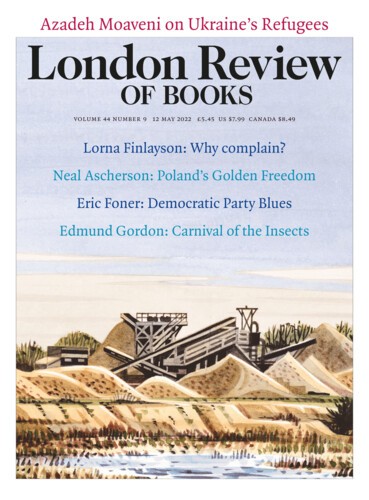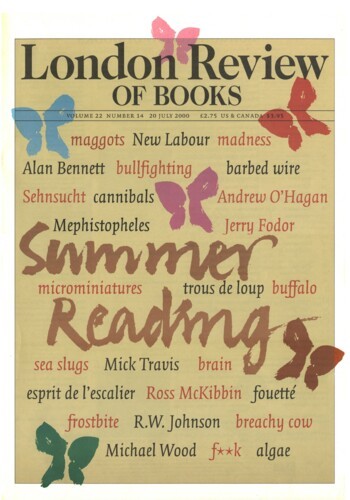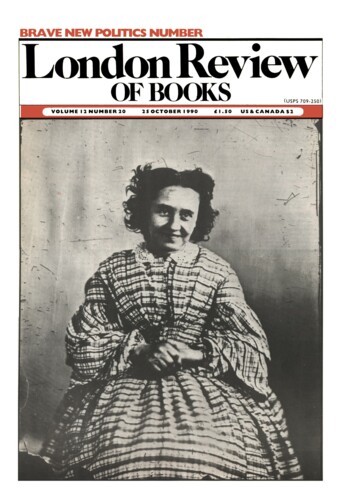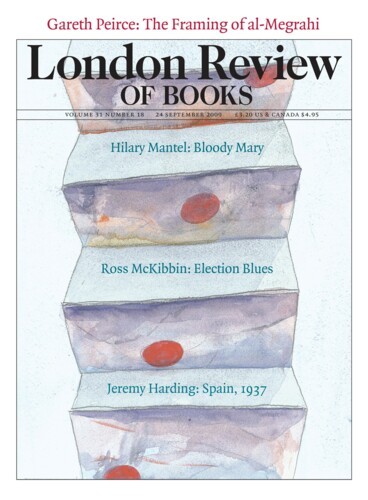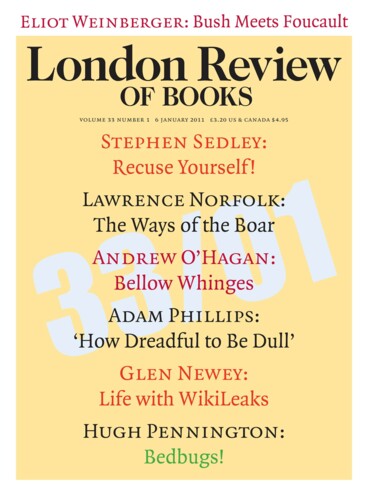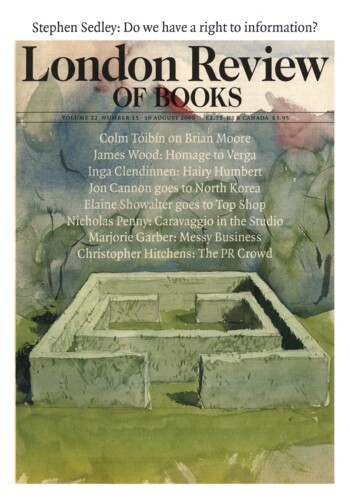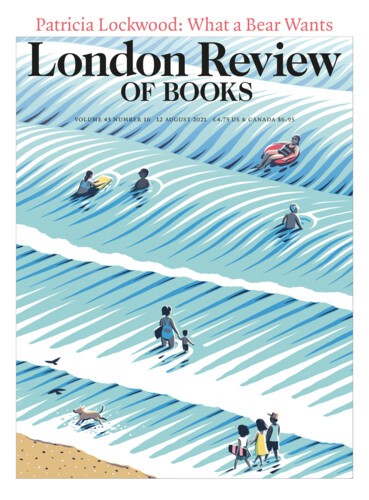Bye-bye Firefly: Carnival of the Insects
Edmund Gordon, 12 May 2022
Insects dart suddenly towards you. They lurk in crevices; they take to the air. They can seem indestructible. It probably isn’t true that cockroaches could survive a nuclear explosion, but they can withstand much higher levels of radiation than humans; fruit flies can withstand even more.
